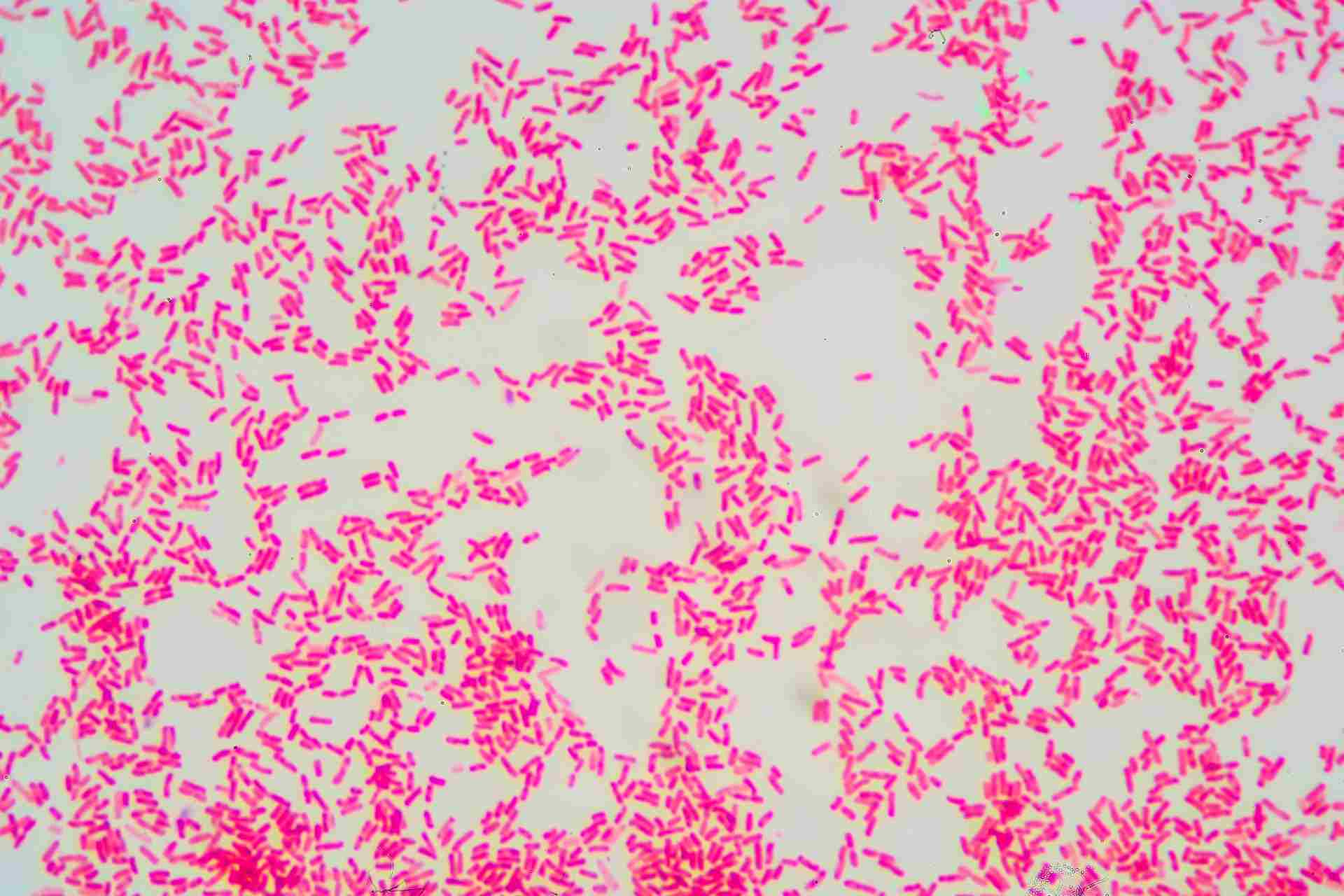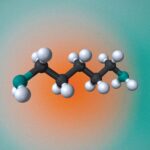Bacteria in the gut must find ways to generate energy in environments with little oxygen, often by using molecules from the diet as alternative energy sources. Now, researchers have found that gut bacteria cooperate to convert the dietary antioxidant ergothioneine into a compound that supports energy production.
The findings, published in Cell Host & Microbe, reveal a previously unknown way in which gut microbes repurpose dietary molecules for energy, which may impact microbial balance and offer new ways to influence gut health.
Scientists have known that some gut bacteria can break down ergothioneine (EGT), especially in low-oxygen environments, where they use it to help generate energy. While EGT is known for its health benefits and is taken up by both human cells and microbes, how this molecule is processed varies between individuals, and it’s unclear which bacteria metabolize EGT and how this affects interactions between microbes in the gut.
Researchers led by Zhe Zhou at Yale University in New Haven, Connecticut, used human fecal samples and lab-grown bacteria to investigate how gut microbes metabolize EGT.
Microbial cooperation
The team found that a common gut bacterium, Clostridium symbiosum, can break down EGT using a special enzyme called ergothionase. This process produces two molecules: trimethylamine, which can affect human health, and thiourocanate (TUA), which may play a role in bacterial energy production.
Further analyses showed that not all gut bacteria have this ability. In mice, gut bacteria from different sources showed varying abilities to metabolize EGT. This suggests that individual differences in gut bacteria can affect how EGT and other dietary components are processed in the body, the researchers say.
After C. symbiosum converts EGT into TUA and releases into the environment, another gut bacterium, Bacteroides xylanisolvens, takes up TUA and transforms it into a new compound, the researchers found. This conversion boosts the energy production and growth of B. xylanisolvens in conditions with limited oxygen such as those in the gut.
Bacterial cross-feeding
The team found that this process, called cross-feeding, happens both in isolated cultures of C. symbiosum and B. xylanisolvens as well as in co-cultures of the two bacteria, suggesting a coordinated microbial interaction. Cross-feeding not only helps bacteria to thrive but also shapes how EGT is processed in the gut.
The findings suggest that cross-feeding gives some microbes a survival advantage in the gut and may influence health, the researchers say. However, they add, more work is needed to fully understand the enzymes involved, the fate of TUA and its byproducts in the body, and how this process could cause diseases.
“A deeper understanding of how TUA […] and associated metabolites shape the fitness of EGT-metabolizing taxa could inspire opportunities to improve intestinal health through pharmacological control of microbial EGT metabolism,” the authors say.









